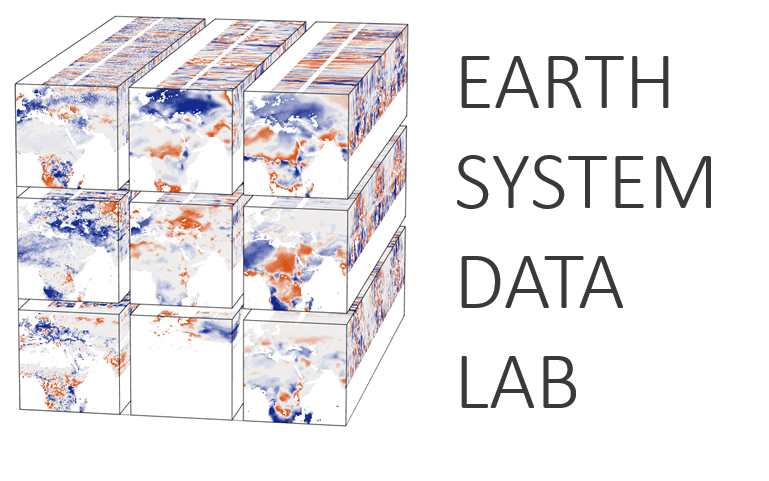Background
Over the past years, ESA and partner organizations have released unprecedented amounts of Earth observations and derived model data. In 2012, following up on a joint initiative by ESA and iLEAPS (ileaps.org/), an Earth System Data (ESDL) was initiated to advance the possibility of co-exploring these data streams for generated added scientific values – beyond the initial and specific objectives of the individual data. The ESDL focussed particularly on the exploitation of downstream Earth system data products such as those produced by the ESA Climate Change Initiative (CCI, climate.esa.int/) where a wide range of essential climate variables have been produced. Note that the ESA did not focus on and does not intend to emphasize the exploration of high-resolution remote sensing data (access to Sentinel data is provided via dedicated services and is not part of the ESDL).
The fundamental idea behind ESDL is to enable the joint analysis of multiple Earth system data streams. This interdisciplinary approach shall support the understanding of the interactions between the Earth’s subsystems. Data discoverability, formatting inconsistencies, incompatible spatiotemporal resolutions and access restrictions are removed by the ESDL by providing high curated Earth System Data Cubes. ESDL adheres to a generic open-source data cube scheme based on zarr-data “Earth System Data Cubes” (zarr.readthedocs.io/). A data cube essentially consists of pre-curated data streams with the dimensions “latitude”, “longitude”, “time”, “variable”. Further dimensions can be added as a result of any user-specific analysis’. Computations can be performed in the cloud or on disk. Generic interfaces enable users to easily access these data cubes via native Python and Julia tools.
ESDL is now in the process of developing new approaches that shall enable and facilitate advanced deep learning approaches for generating new insights into the functioning of the Earth system via the DeepESDL continuation project.
Announcement of Opportunity & Package
The DeepESDL team and ESA will invite users to exploit and co-shape the future developments of the ESDL via various participation schemes. Here, we will invite scientists at any career stage to become part of the “data science” beneficiary users.
Become a beneficiary user of the ESDL comes with the following advances:
- Get access to computing infrastructure via a Jupyter hub,
- benefit from existing data cube offers,
- co-develop the ESDL via regular direct interactions with the team,
- make suggestions for further data ingestion and on-demand data cube generation,
- receive direct consultations with the developer team.
No financial benefits can be granted, but collaborations for ongoing research proposals can be negotiated.


